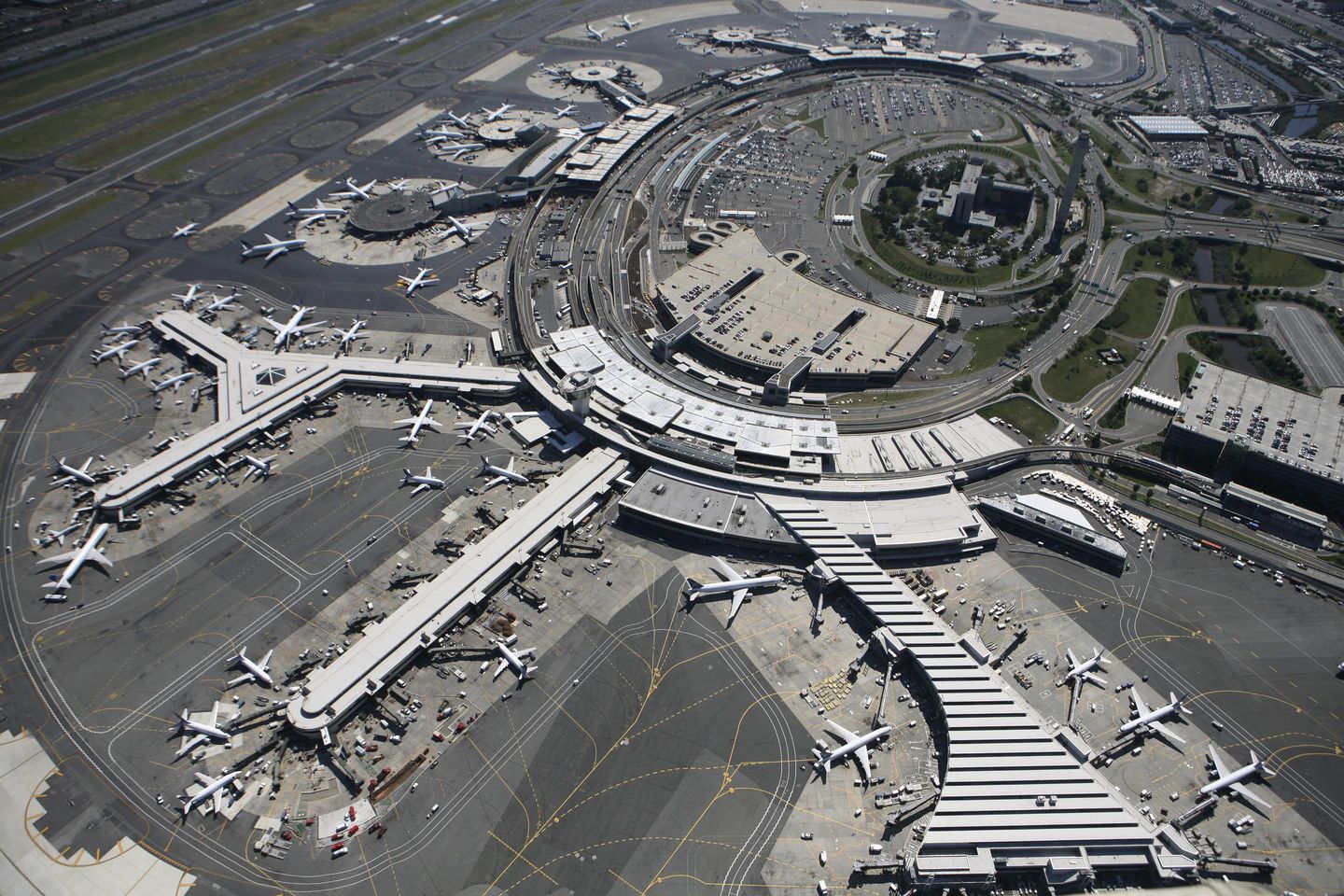

The White House said Monday it has asked Congress to grant new powers to detect and bring down threatening drones because they pose increasing dangers across the U.S.
Officials said they want the CIA and NASA to be added to the list of agencies authorized to combat drones, and want to expand the reach of Homeland Security and the Justice Department, which are already supposed to be tackling drones affecting their operations.
The request comes just weeks after Homeland Security officials revealed major holes in the country’s drone defenses, with thousands of drones invading U.S. airspace at the southern border, and American flights having to take evasive action to avoid collisions inside the U.S.
The counter-Unmanned Aircraft Systems National Action Plan, or C-UAS, would create a national registry of threatening incidents to give the government a better sense of what’s going on.
And it would establish a pilot program to improve cooperation on drones with local law enforcement and critical infrastructure locations.
“These threats are increasing at home and abroad, and the plan and legislative proposal call for the reauthorization and expansion of DHS’s C-UAS authority to help keep our communities safe,” Homeland Security Secretary Alejandro Mayorkas said in a statement.
SEE ALSO: Russian pilot seen in China jet trainer crash
Part of the problem is the government isn’t sure what the scope of the threat is.
An official from Customs and Border Protection, part of Homeland Security, told Congress last month about bringing a new drone-scanning system online in one area of the border. They immediately saw 40 to 45 drones that they had no idea were in the skies.
Some were Mexican government counter-drones, but others were flying back and forth across the border. They may have been hobbyists knowingly or unknowingly breaking the law, but some were likely to have been cartel-controlled drones carrying drugs or observing Border Patrol movements in order to spot gaps in coverage.
The CBP official said they have the ability to disrupt the communications between the on-the-ground pilots and the drones, which grounds the flight. But they are not shooting down drones.
That’s a problem, given the growing worry over autonomous drones that are pre-programmed and don’t have constant pilot communications.
The Transportation Security Administration, which handles drone threats at airports, said it too has holes in its capability to disrupt drone attacks.
